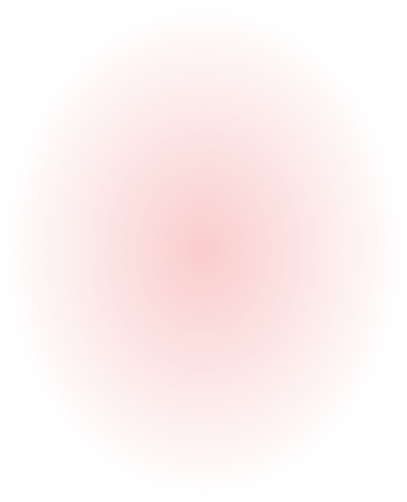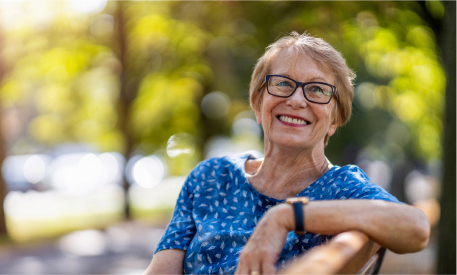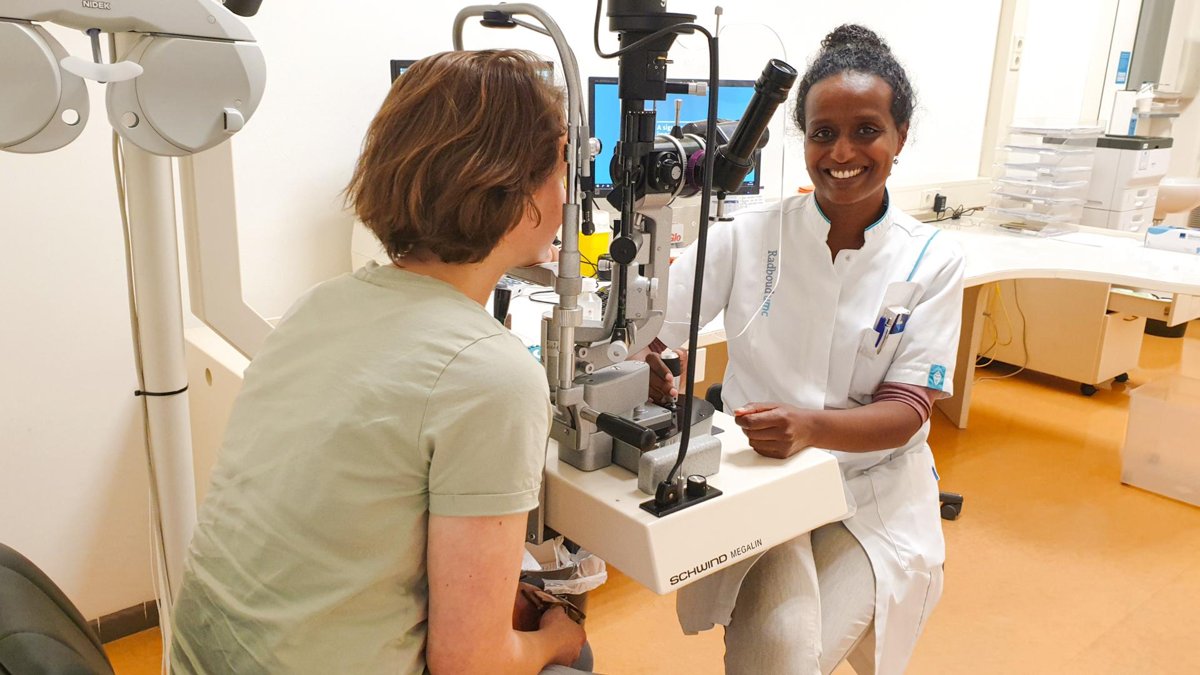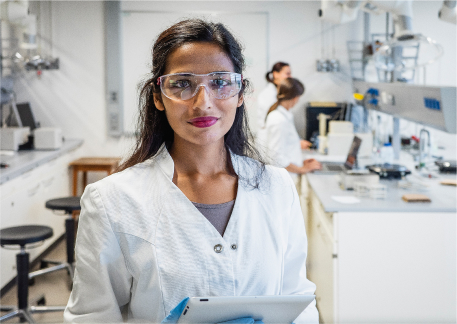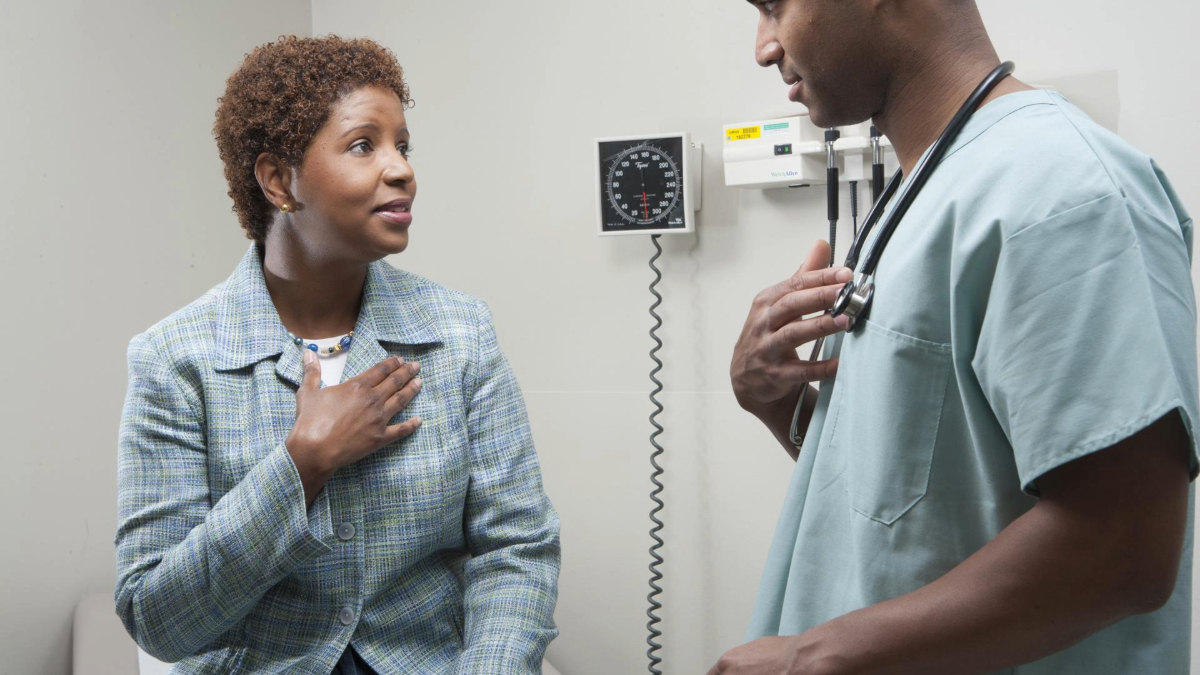FDA Approval Process
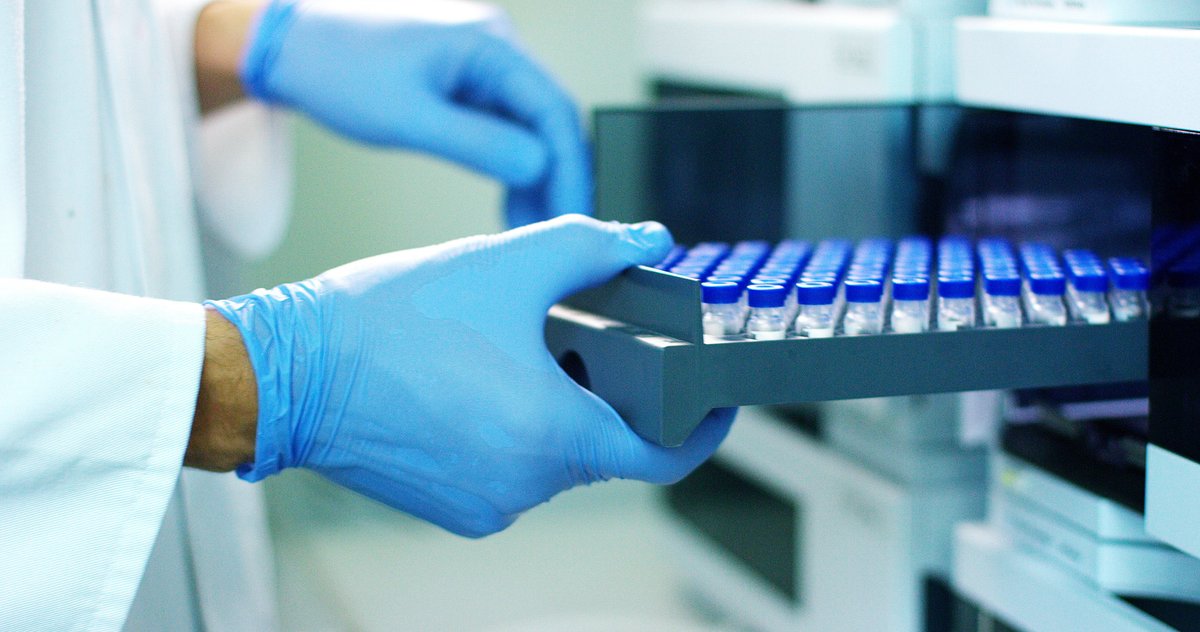
The FDA only approves drugs that they determine to have solid evidence of safety and effectiveness for public use or consumption. The time it takes for this process is variable due to a number of factors, including whether the treatment* is a new kind of drug or an old drug repurposed for another type of treatment, whether there are less than 200,000 people in the United States who have the disease (called an orphan disease), and other considerations. In general, the policy is to review the application NDA within 6 months of submission and notify the applicant if it will require more review time to ensure that all of the facts have been taken into consideration for the public’s safety and the treatment’s effectiveness. A typical application is tens of thousands of pages long.
This stage also involves a review by the FDA to determine if the professional package labeling of the product adequately educates health professionals and the general public, including information on its proper use and potential risks or side effects. In addition, the FDA inspects the facilities where the drug or product will be manufactured. Even after approval and appearance on the market, the FDA continues to monitor for serious adverse events and other dangers to the public.
How many potential treatments typically need to be tested at each stage before one successful treatment obtains FDA approval?
- Basic Research/Drug Development: 5,000 to 10,000 potential treatments
- Pre-Clinical/Translational Research: 250 potential treatments
- Phase 1/Phase 2/ Phase 3 Clinical Trials (combined): 5 potential treatments
- FDA Review/Manufacturing: 1 potential treatment
How much does it cost to bring one FDA-approved product to market?
The final cost of bringing one product to the market depends on a number of variables, including the amount of time needed to obtain promising treatments, the number of subjects enrolled in each phase of the clinical trials, the complexity of the product delivery, the disease being treated, time needed for data assessment, and other considerations. However, various sources indicate that it can cost more than $1 billion to bring one product to the market, including approximately $50-840 million to bring treatments through the stages of Basic Research/Drug Development and Pre-Clinical/Translational Research, and approximately $50-970 million to complete the Clinical Trials (Phases 1, 2, and 3).
* Treatment: Although we are using the word “treatment,” clinical trials also involve medical research studies in which people participate as volunteers to test new methods of prevention, screening, and diagnosis of disease.
